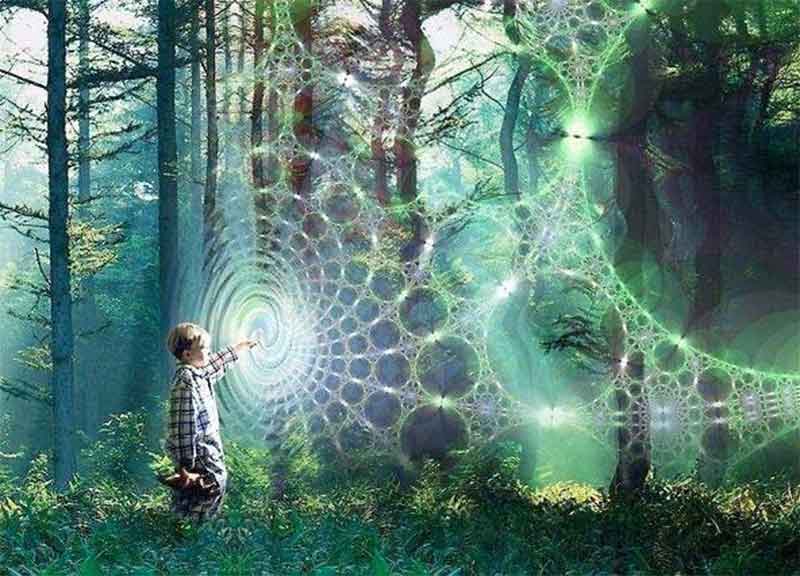This is a small article addressed to beginners

Sustainable Consumption
Life on earth can be divided in two parts – plant life and animal life. The difference between the two is that plants produce their own food whereas animals, humans included, live directly or indirectly on food produced by plants.
To sustain themselves, humans consume goods and services not only from plant sources but also from inanimate sources such as minerals. These are called renewable and non-renewable resources respectively. Non-renewable resources, like fossil fuels and metals, are finite in nature by definition; in other words, the more we use them, the scarcer they get. Renewable sources, like plants, trees and agriculture, are by definition renewed in nature; both by natural processes and helped by human efforts.
Now, a rough definition of sustainability is that we consume resources in such a way that the same level of resources we enjoyed is available to succeeding generations and all other forms of life. This issue was not important in history because our population was small and levels of consumption per capita were also small. Today, both have increased substantially.
So, for sustainable consumption, the first requirement is that we reduce our per capita consumption. Secondly, more of it should come from renewable resources.
There is an interesting fact about non-renewable resources. Be it fuel used in transport, chemical pesticides in agriculture, cement used in our housing or plastic used in our packaging industry, they almost always tend to pollute and add to global warming. This is one more important reason for us to reduce the component of non-renewable sources in our consumption.
Value Chain
What is a value chain? It is the chain of value [the term ‘value’ used here is a business term and not value in the normal sense] added to a product from the source till it reaches the consumer.
If we climb a tree and eat its fruit, there is no value chain. Similarly if we live in a cave, go naked as animals and as some ‘primitive’ people do, there is no value chain.
But most of us buy the goods we consume. An apple is produced in Himachal Pradesh, picked, packed and transported to Hyderabad. In Hyderabad you buy it either on a bandi (push cart) or in a supermarket. So the ‘value’ gets added to the original apple in a chain consisting of picking, packing, transporting and retail selling in Hyderabad. Now if this apple was converted into apple juice, involving some processing, there would be more links in the value chain and hence more value would be added.
There is a difference between an apple sold on a bandi and in a supermarket. It can happen that the price in the supermarket is lower, but it is not difficult to understand that the value added to it in a supermarket is more. This extra value is called a shelf rent – which can include the rent of the place, salaries and air conditioning. You would also have noticed that a big chunk of the difference comes from non-renewable resources, in transportation etc., contributing to pollution and global warming. Hence, it is less sustainable.
We can add some more attributes to sustainability. Instead of an apple, suppose it was a sitafal produced in or around Hyderabad and sold in Sitafal Mandi or on the footpath? It will have much less value added and it will be more sustainable.
We can extend this logic to other sectors of our activity. Locally produced food is more sustainable as we have seen above. Mud houses or brick and lime mortar houses or ecological houses are more sustainable, not only because of the material used, but also because less energy is used in lighting and keeping them cool. In fact, air conditioning is the biggest guzzler of energy in domestic consumption. To mention another example, neighbourhood schools can reduce transport costs and so would more use of cycles for small distances. Similar is the case if we use cotton in our clothing.
In many cases, sustainable products are more ‘expensive’. While ‘value added’ can be calculated, price is determined by a variety of unpredictable factors, which have a lot to do with politics and the present social order.
To conclude, for sustainable consumption, there are four principles we can follow:
- Consume less.
- What you consume should have a higher proportion of materials from renewable resources.
- The chain from the source to end user should be as short as possible, so that ‘value addition’ is reduced. That is, consume local products as much as possible.
- The components of the chain should use as little non-renewable resources as possible. For example, the transport can be done on animal carts or bicycles or hand pushed carts. The packaging can be minimal. Consumers can carry their own bags, paper or cloth bags instead of plastic carry bags and so on.
T. Vijayendra (1943- ) was born in Mysore, grew in Indore and went to IIT Kharagpur to get a B. Tech. in Electronics (1966). After a year’s stint at the Saha Institute of Nuclear Physics, Kolkata, he got drawn into the whirlwind times of the late 60s. Since then, he has always been some kind of political-social activist. His brief for himself is the education of Left wing cadres and so he almost exclusively publishes in the Left wing journal Frontier, published from Kolkata. For the last nine years, he has been active in the field of ‘Peak Oil’ and is a founder member of Peak Oil India and Ecologise. Since 2015 he has been involved in Ecologise! Camps and in 2016 he initiated Ecologise Hyderabad. He divides his time between an organic farm at the foothills of Western Ghats, watching birds, writing fiction and Hyderabad. He has published a book dealing with resource depletions, three books of essays, two collections of short stories, a novella and an autobiography. Vijayendra has been a ‘dedicated’ cyclist all his life, meaning, he neither took a driving licence nor did he ever drive a fossil fuel based vehicle. Email: [email protected]















































